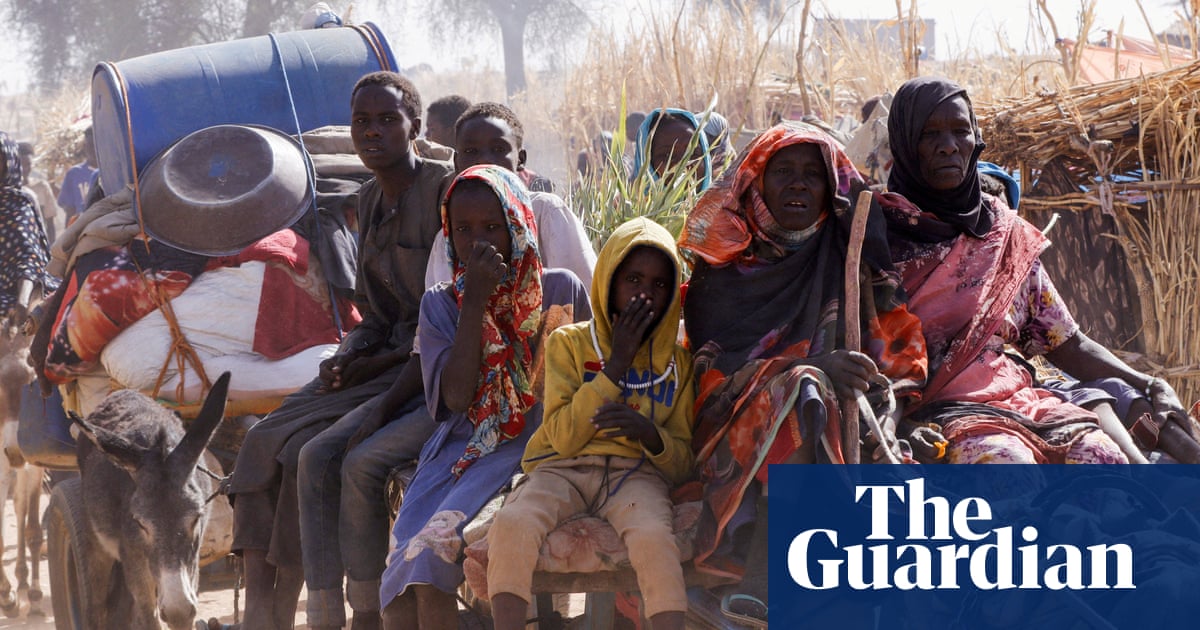The article highlights a significant and tragic event in the ongoing conflict in Sudan, focusing specifically on the attack on the Zamzam refugee camp. This camp has been a critical refuge for people fleeing violence in Darfur, and the recent assault by the Rapid Support Forces (RSF) marks a pivotal moment in the war. The report sheds light on the humanitarian crisis and the implications of this attack for the future of Sudan.
Intended Purpose of the Article
This piece aims to inform the audience about the escalating violence in Sudan, particularly the attack on a major refugee camp. It serves to raise awareness about the humanitarian crisis resulting from the civil war, emphasizing the plight of those affected. By detailing the events and their consequences, the article seeks to galvanize international attention and response to the situation.
Public Perception and Sentiment
The article is likely intended to evoke empathy and concern among readers regarding the humanitarian implications of the conflict. By sharing personal stories, such as that of human rights activist Altahir Hashim, it personalizes the tragedy and may mobilize public opinion against the violence perpetrated by the RSF. The narrative fosters a sense of urgency and calls for intervention.
Potential Omissions and Hidden Agendas
While the article focuses on the atrocities committed by the RSF, it may downplay the complexities of the conflict, such as the role of other factions and the historical context of the Sudanese civil war. This could lead to a one-sided perception of the conflict, painting the RSF as the sole aggressor without addressing broader political dynamics.
Manipulative Aspects
There are elements of emotional appeal that could be seen as manipulative, particularly in the use of tragic personal accounts. This could serve to amplify outrage and spur political action, but it may also risk oversimplifying the conflict. The language used is charged, highlighting the death toll and displacement, which could potentially skew public perception.
Comparative Analysis with Other Reports
When compared to other reports on the Sudanese conflict, this coverage emphasizes the humanitarian crisis more than military strategies or political maneuvers. This focus aligns with a growing trend in media to highlight human rights abuses in conflict zones, which may resonate with certain audiences but could also lead to a narrow understanding of complex geopolitical issues.
Impact on Societal and Economic Landscapes
The news of the attack could prompt international humanitarian responses and possibly influence foreign policy regarding Sudan. Increased awareness might lead to greater funding for aid organizations, but it could also exacerbate tensions within Sudan and among international stakeholders. The potential for Sudan to be divided further could destabilize the region, with economic repercussions for neighboring countries.
Support from Specific Communities
The article is likely to resonate with human rights advocates, humanitarian organizations, and communities concerned about global justice. It may aim to engage individuals who are already sympathetic to the plight of refugees and those advocating for intervention in humanitarian crises.
Market and Economic Implications
In terms of financial markets, the news could impact companies operating in or invested in Sudan, particularly in industries sensitive to geopolitical instability. Investors may become wary of the region, leading to fluctuations in stock prices related to companies focused on humanitarian aid or resource extraction.
Global Power Dynamics
The conflict and its portrayal could have implications for global power dynamics, particularly in how international bodies respond to human rights violations. The situation in Sudan has the potential to influence discussions on intervention, sanctions, and international law, connecting it to broader themes of governance and human rights.
Use of AI in Article Composition
There is a possibility that AI was utilized in drafting or editing the piece, particularly in structuring the narrative or analyzing data related to the conflict. AI models could have influenced the tone and focus of the article, steering it towards a more emotional appeal. However, it remains unclear whether specific AI tools were employed in the writing process.
Conclusion on Reliability
The article is largely reliable in its reporting of events; however, its emotional appeal and focus on specific narratives may limit a comprehensive understanding of the situation. While it accurately depicts the humanitarian crisis, it could benefit from a more nuanced exploration of the conflict's complexities.
